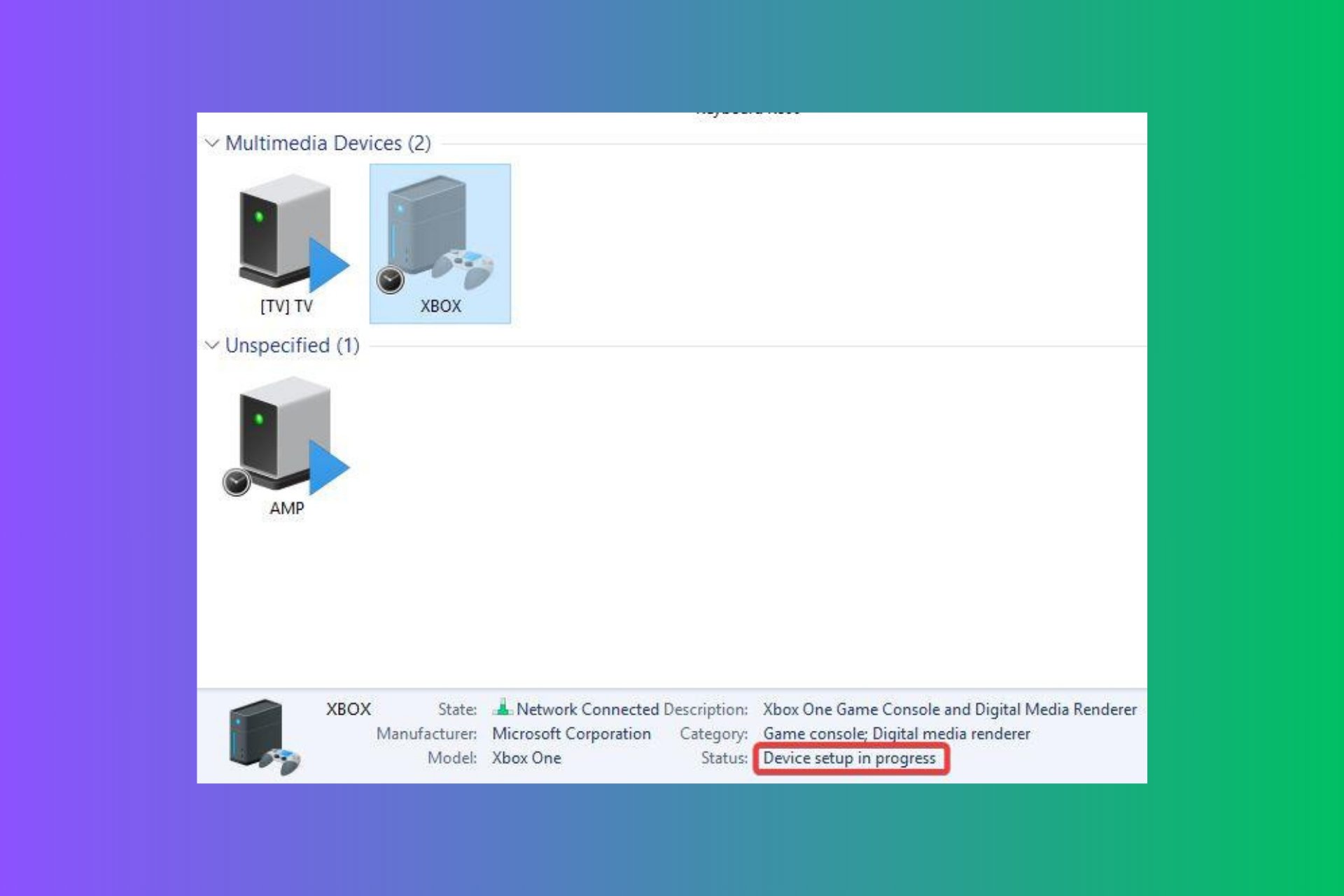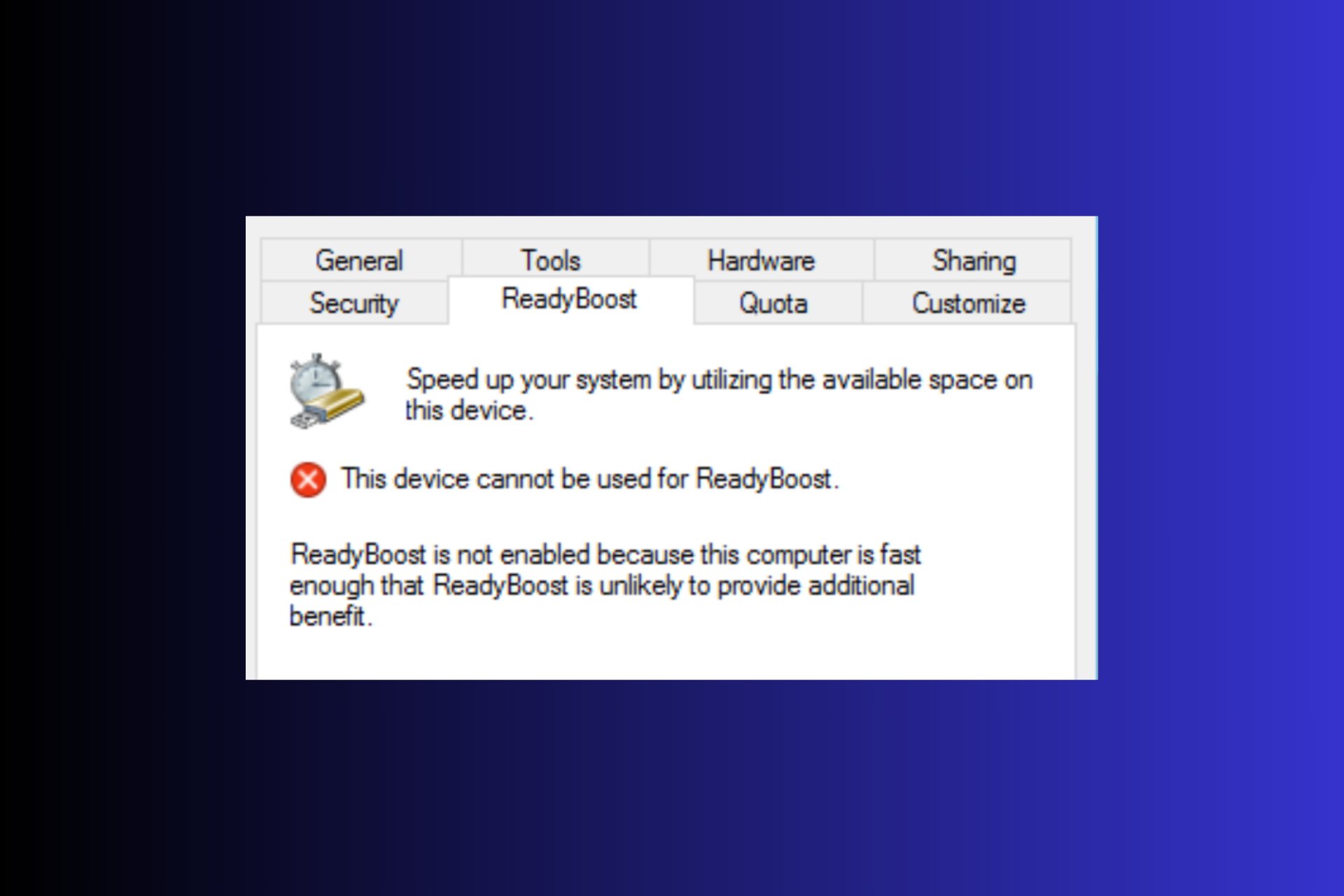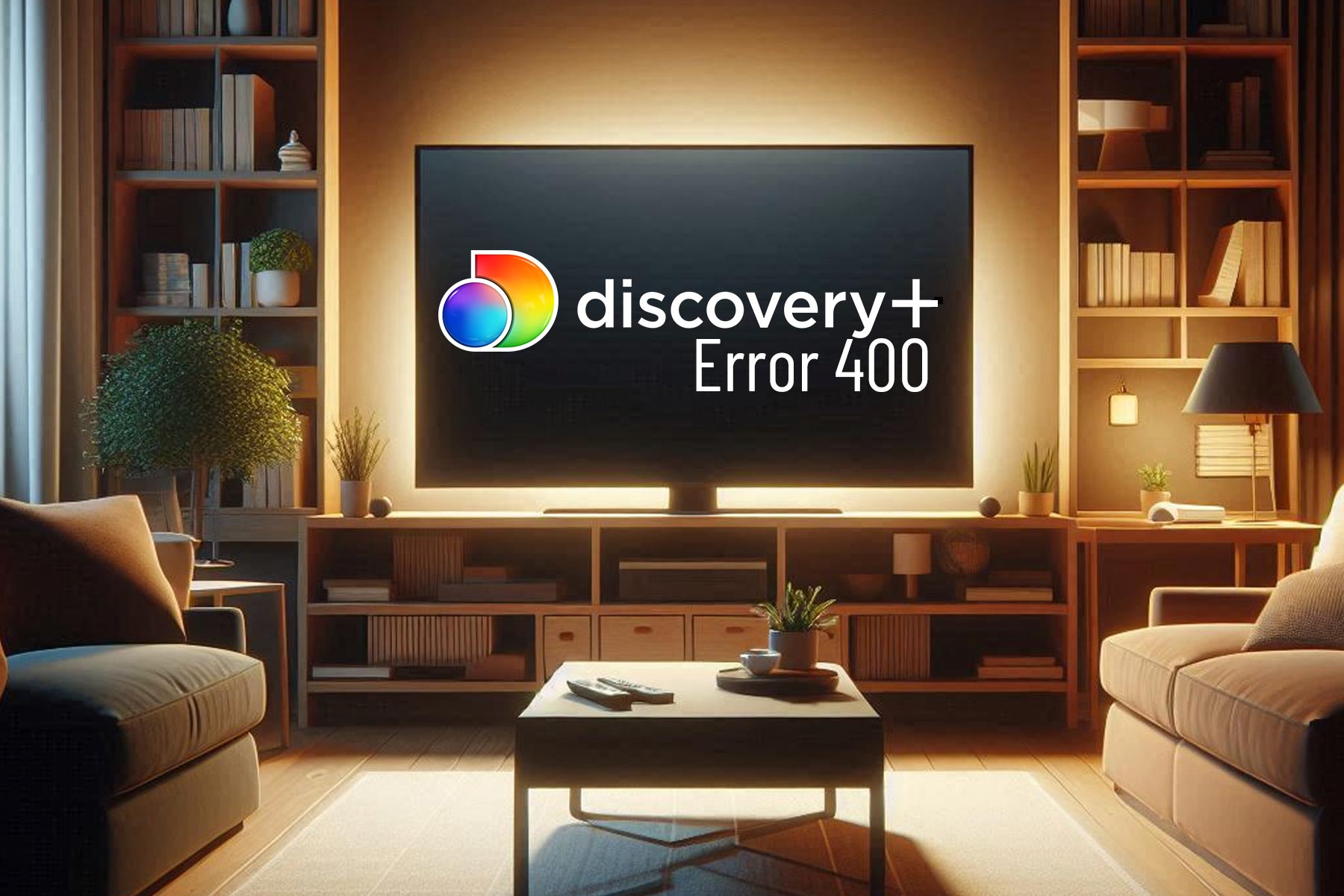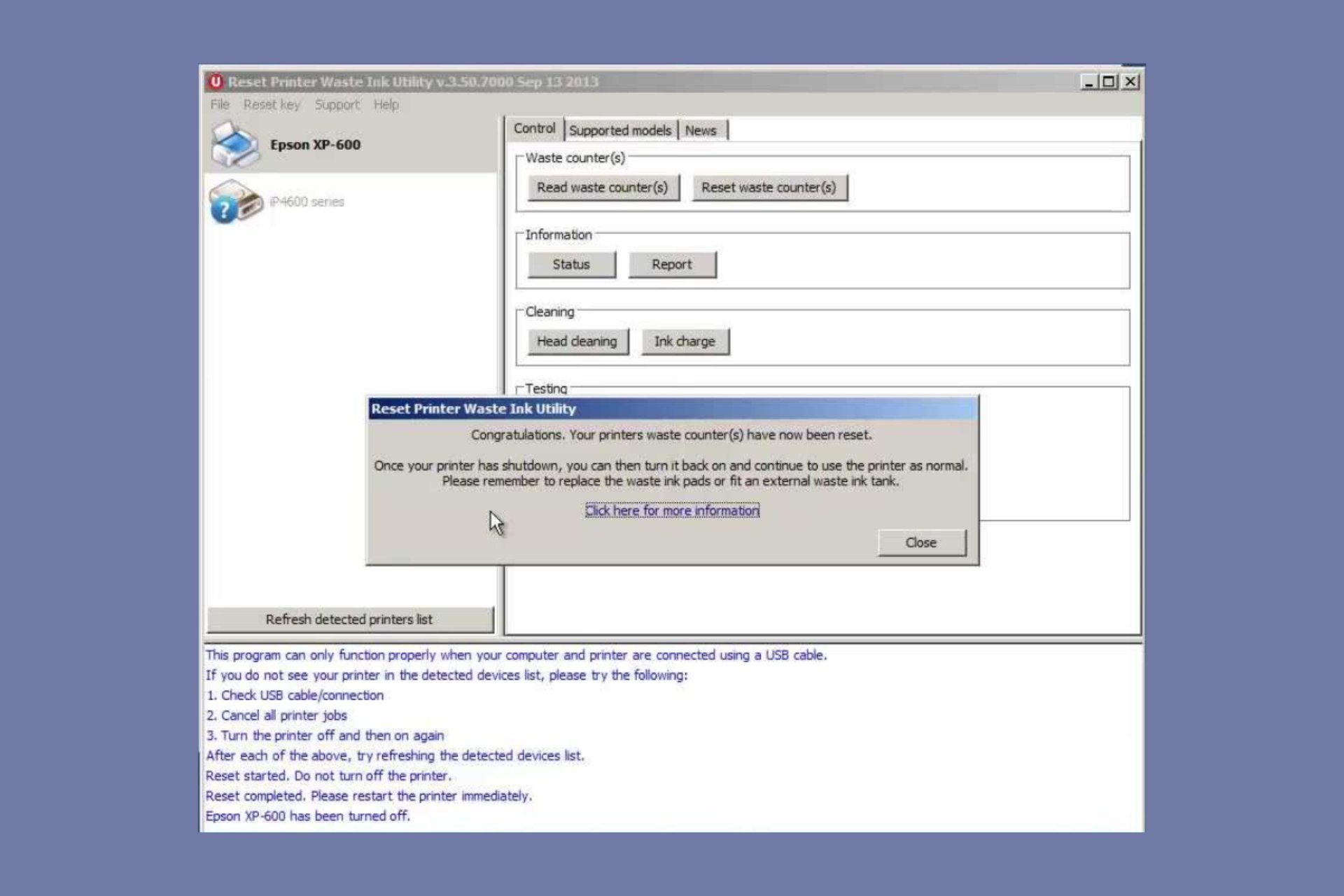How to fix Legacy Boot issues on Windows 10/11
3 min. read
Updated on
Read our disclosure page to find out how can you help Windows Report sustain the editorial team Read more

There are two options when it comes to BIOS firmware. You might go for the more-recent firmware UEFI or stick with the Legacy BIOS. Your choice depends on various factors but we won’t suggest meddling with firmware if you don’t have enough experience.
The common issue is switching from one to another option, as some users are unable to boot with the Legacy boot. There are multiple reasons for that and we provided some solutions below.
What to do if Legacy Boot won’t work
Solution 1 – Disable Raid On and Secure Boot
If you’re unable to boot with the Legacy boot and, for some reason, need to avoid UEFI, our first suggestion is to disable both RAID and Secure boot in boot settings. Once you’ve done that, reboot your PC and try booting again. Of course, make sure that Legacy boot is enabled in boot settings.
If you’re not sure how to access BIOS settings on Windows 10, follow these steps:
- Restart your PC 3 time forcibly to access the Advanced Recovery menu.
- Choose Troubleshoot.
- Select Advanced options.
- Choose UEFI Firmware settings.
- And finally, click Restart.
- Once in BIOS/UEFI Settings, disable Secure Boot and RAID On (enable AHCI).
Solution 2 – Repair or rebuild bootloader
Issues with booting with the Legacy BIOS might lie in the bootloader corruption. Instead of MBR, which runs with UEFI, we’ll need you to repair GPT. For this, you’re going to need the Windows 10 installation media created with Media Creation Tool. After you’ve successfully made a bootable drive, follow the steps we listed below:
- Boot with the bootable media.
- Click Repair.
- Choose Startup repair.
- Enter the following commands and press Enter after each:
- diskpart
- list disk
- select disk 0
- list partition
- select partition 1
- active
- exit
- Now, just type bcdboot C:windows and press Enter.
- Exit the command line and restart your PC.
Solution 3 – Convert HDD to GPT
Finally, if you’ve previously used UEFI boot firmware to install a system on your HDD, you won’t be able to boot into a legacy mode. This drive is probably using MBR which won’t boot as it requires GPT. This can be resolved but, sadly, it requires formatting your drive in order to convert it to GPT partition.
Here’s what you need to do:
- Open Command Prompt from the Advanced Recovery menu.
- In the command line, type the following commands and press Enter after each:
- diskpart
- list disk
- Now, remember the number alongside the volume you want to convert. The easiest way to determine which is which is to check the storage space. We’ll use 1 as an example below.
- In the command line, type the following commands and press Enter after each:
- select disk 1
- clean
- convert mbr
- Reboot PC and try installing Windows 10 again.
With that said, we can conclude this article. In case you have any questions or suggestions, feel free to tell us in the comments section below.









